Q: Can I freeze cake? How do I freeze cake?
A: Yes you can! Baking then freezing cakes prior to assembly saves time, keeps them moist and also makes it easier to handle when stacking and decorating. So what’s the best way to freeze them?
First things first: only freeze an unfrosted cake! Allow your cake to cool, wrap each layer separately in cling wrap, then wrap with aluminum foil to safe guard against the dreaded freezer burn. Lastly, slip them into a freezer bag or large zip lock bag and place into your freezer. Lay cake on a flat surface to prevent warping or indentations. To maintain flavour and texture, freeze for a maximum of 4 months.
Q: How do I defrost a frozen cake?
A: To defrost your cake, remove from the freezer (still wrapped) and pop it into the fridge the night before you intend to serve. This way, the cake/s will thaw slowly without condensation forming on the surface, turning them soggy. The next day, take your cake/s out of the fridge and allow to come to room temperature before decorating.
Q: How do I store cakes after baking?
A: While we recommend serving cakes the day they are made for the best flavour and texture, here’s a few tips for extending the life of your bakes through storage:
Unfrosted cakes – Most cooled, unfrosted cakes will keep for 3-4 days stored at room temperature in an airtight container. Sponge or Chiffon cakes are best eaten the day they are made as they turn stale quite quickly due to the limited about of fats present. They will kept for up to 2 days stored at room temperature in an airtight container.
Frosted cakes – Buttercream & Ganache – Cakes covered with buttercream or ganache are best stored in an airtight container at room temperature for 2-3 days or 3-4 days in the refrigerator. To serve from the fridge, simply allow cake to sit for 30 minutes to 1 hour to come to room temperature.
Frosted cakes – Cream filled – Cakes frosted or filled with cream, custard, cream cheese or fresh fruit are best stored in an airtight container in the fridge for 1-2 days. To serve from the fridge, simply allow cake to come to room temperature for 30 minutes.
Cut cake or individual slices – When storing a cut cake, always cover any exposed cake areas with cling wrap or a wet piece of paper towel to prevent the cake from drying out.
Fondant covered – Avoid refrigerating cakes with sugar paste, fondant or marzipan, as these icings can go soft and soggy. Finished fondant cakes are best stored in a cool, dark place for 3-4 days in an airtight container. Cakes that have fillings requiring refrigeration should not be used in fondant covered cakes.
Q: How do I store cookie, biscuit or pastry dough?
A: Cookie, biscuit or pastry dough can be frozen for up to 4 months or kept in the fridge for up to 2-3 days. Simply wrap well in cling film and store in the fridge or freezer, bring to room temperature for about 30 minutes before using.
Queen tip: Prep ahead and roll cookie dough into balls, place on a baking tray and freeze uncovered. Once frozen, transfer to a zip lock bag or airtight container. Simply remove from freezer, place on a baking paper lined tray to come to room temperature, then bake as usual!
Q: How do I store baked cookies?
A: Always allow cookies to cool completely before storing. If stored while warm, the condensation will make them soggy. Crunchy cookies will last 5 days, whereas softer, chewier cookies are best eaten within 3 days. Don’t combine different cookie types in the same container, as crunchy cookies will soak up the moisture from the softer ones.
You can also freeze your finished cookies! Bake, cool then store for up to 6 months in an airtight container. Crispy cookies can be piled in, but chewy cookies will need baking paper between each layer to stop them from sticking together.
If you do find your cookies have lost a bit of their freshness, simply pop in an oven preheated to 150°C for about 3 minutes.
Q: How do I store a baked tart, pastry shell or pie crust?
A: Blind bake and cool before wrapping the pastry in foil and placing in a large airtight container or freezer bag. Freeze for up to 1 month, then thaw on the bench for 30-45 minutes before using.
Q: Can I freeze eclairs or choux pastry?
A: Baked, unfilled eclairs or choux pastry can be frozen in a freezer bag for up to a month. Simply thaw and refresh in the oven at 180°C degrees for 5-8 minutes before cooling and filling.
Q: Can I store unbaked cake batter?
A: It pays to remember that baking is a chemical reaction. Once the reaction starts, you need to work quickly to get your cake into the oven before the reaction stops, causing your cake to sink once baked. If you store your batter before baking, you will lose most, if not all of your leavening powers as well as any air you have incorporated when mixing.
If you want to prep in advance, we recommend weighing out your ingredients (and covering them) so they’re ready to go, rather than preparing a batter that will not give you the result you’re after.
Q: Can I freeze a cheesecake?
A: You’re in luck – full fat baked cheesecakes freeze very well. Simply wrap the whole cheesecake (including the tin) in cling wrap, before wrapping in a second layer of foil and placing in the freezer for up to 1 month.
To thaw, simply leave the cheesecake overnight in the fridge before serving. We don’t recommend freezing no-bake or low fat cheesecakes as it will alter the creamy texture.
Q: How do I store buttercream icing?
A: Leftover buttercream icing can be transferred to an airtight container and stored in the refrigerator or freezer until ready for use. It can be kept in the fridge for up to week or frozen for up to 2 months. Simply thaw to room temperature before rewhipping and using on your cake.
If you mix it while still frozen, your buttercream will become grainy. If this happens, simply let it sit for another 30 minutes until properly defrosted, then add a tablespoon or two of icing sugar, before mixing until smooth.
If you’ve chilled or frozen Italian or Swiss Meringue buttercream and it looks curdled after mixing it, don’t worry! Just keep mixing until smooth.
Have you got a burning baking question that we missed? Let us know in the comments below.
If you’d like to learn more about using our products, recipe inspiration, and tips for your best baking, head over to the Queen Blog to read more!
For monthly recipes delivered straight to your inbox, along with product information, competitions and special offers, be sure to join our Queen Baking Club.



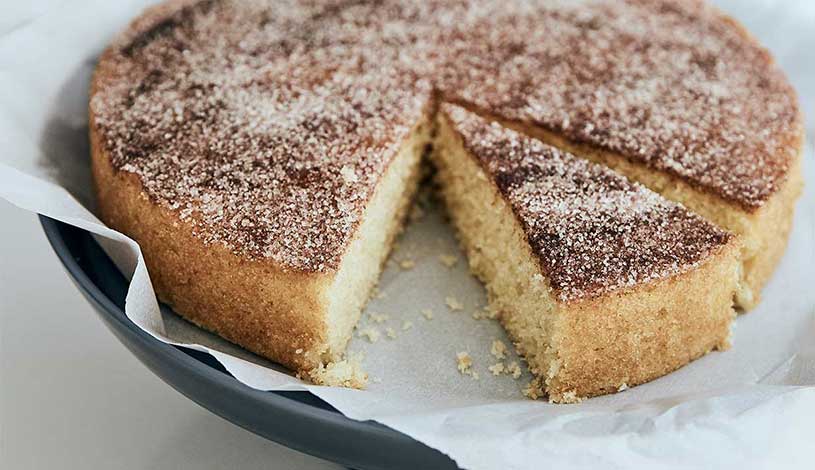
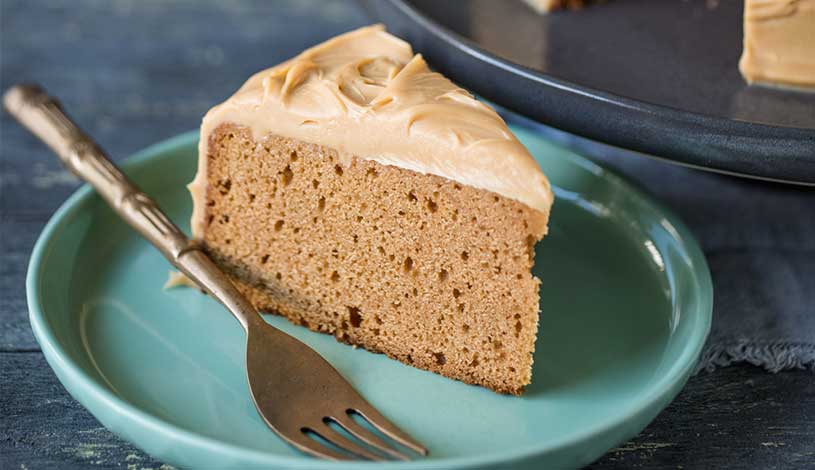
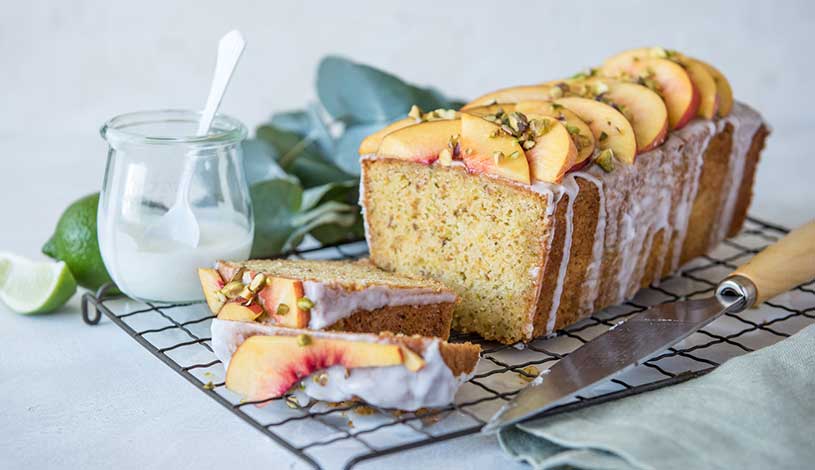
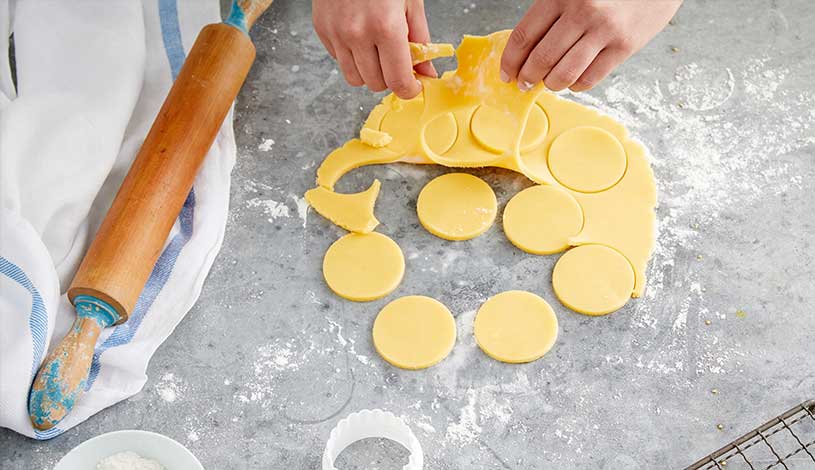
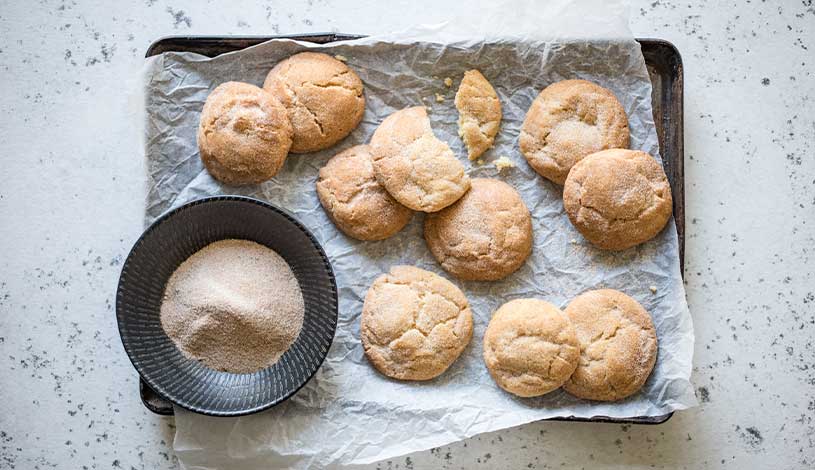
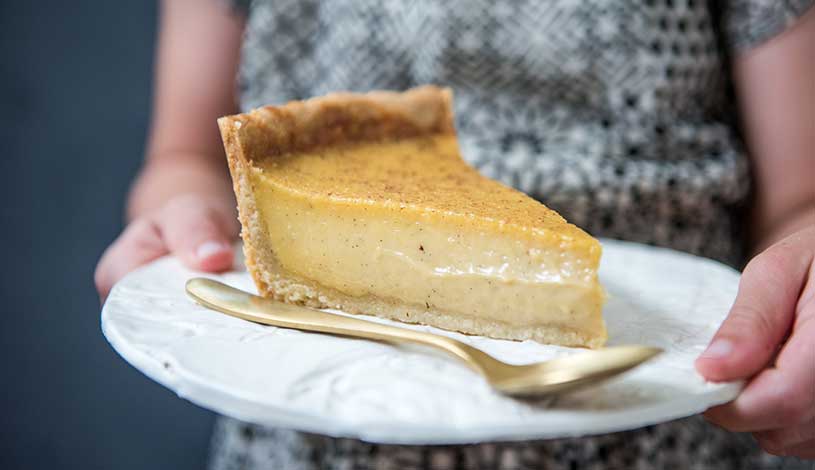
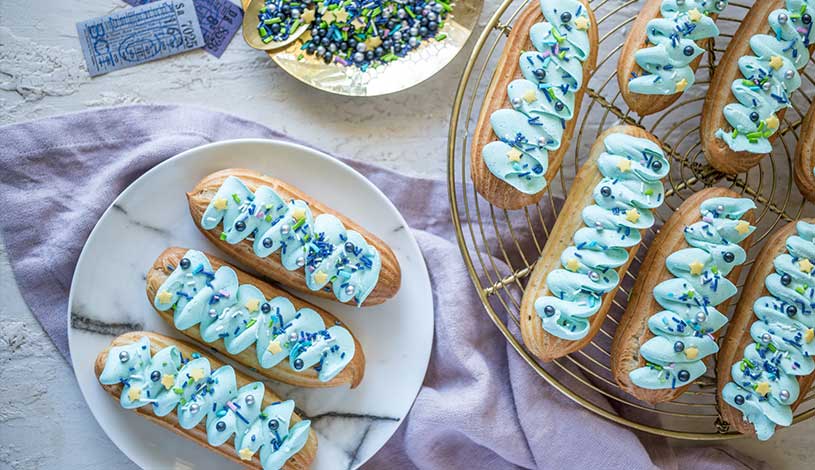
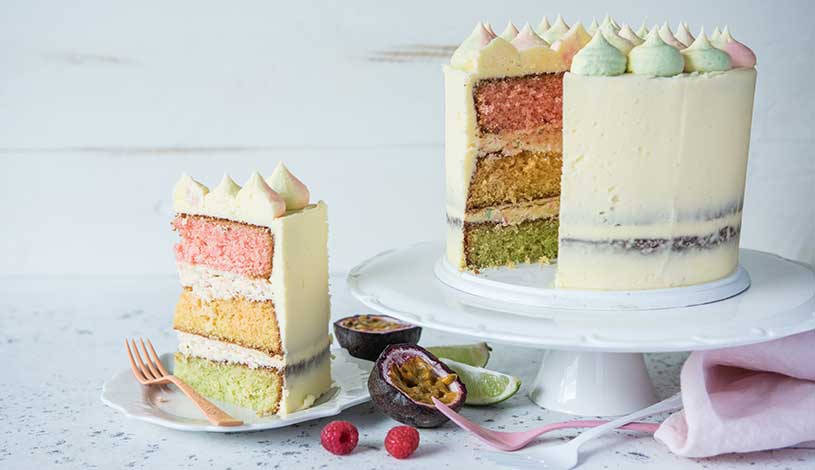
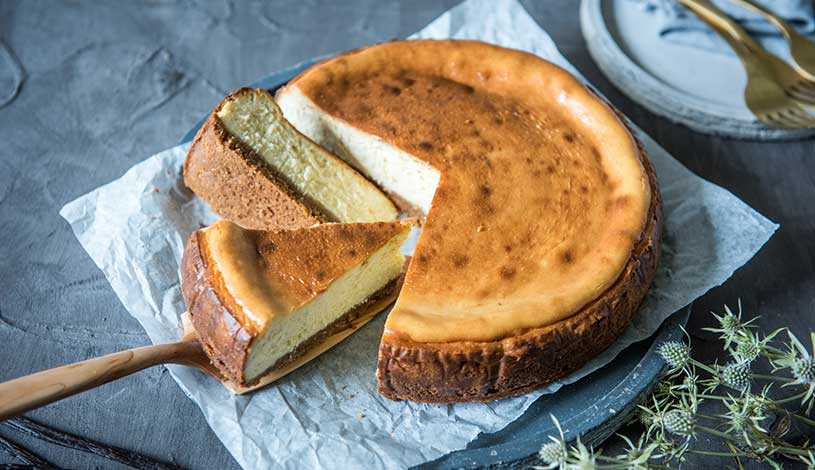
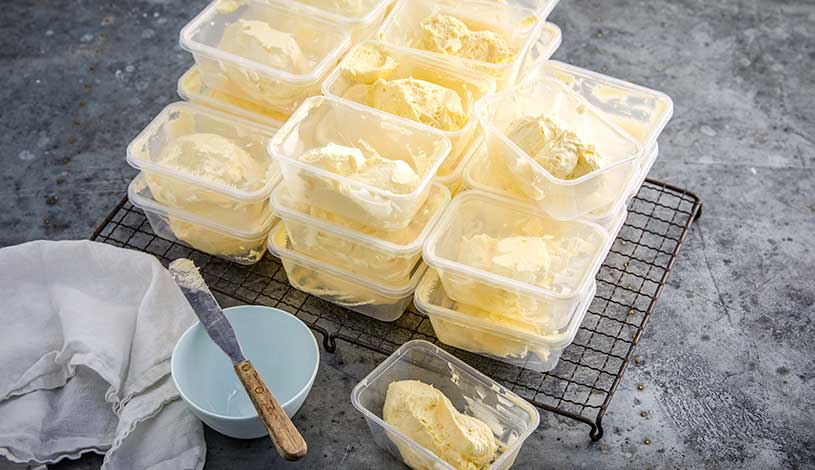
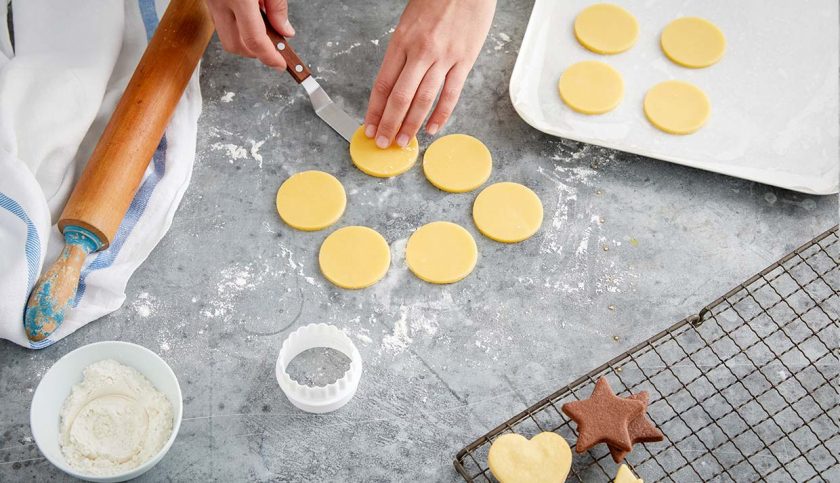
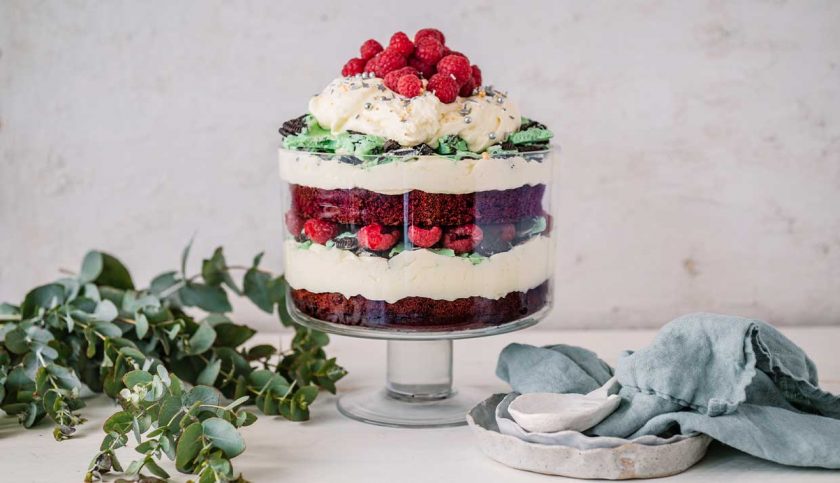


Comments & Reviews
I have to make an ice cream cake, a week in advance of the party. Can I freeze the decorated cake, if using gel icing. I’ve been asked to make a pool themed one. I need to use hard icing and gel icing. Thanks in advance.
Dorothy
Hi Dorothy, you’d be best to freeze the cake itself and decorate as close to the party as you can. Thanks!
Eloise
Can writing icing and designer white be frozen ?
Marion
Hi Marion! We recommend decorating your pre-prepared baked goods after they have been thawed out 🙂
Queen Fine Foods
(Not a burning baking question but …) When, oh when will your gorgeous flavours and colours be available in NZ, specifically ChCh please?????
sue
Hi Sue, most of our colours are available in New Zealand, and we’re working on getting our Flavour for Icing range over to you as soon as possible! We’re doing our best, please bear with us – The Queen Team
Queen Fine Foods